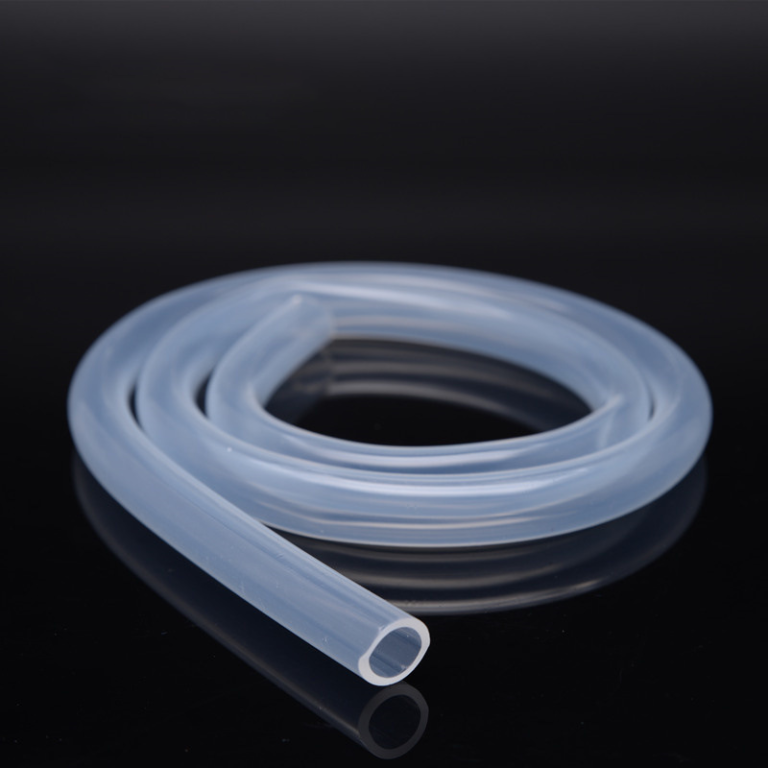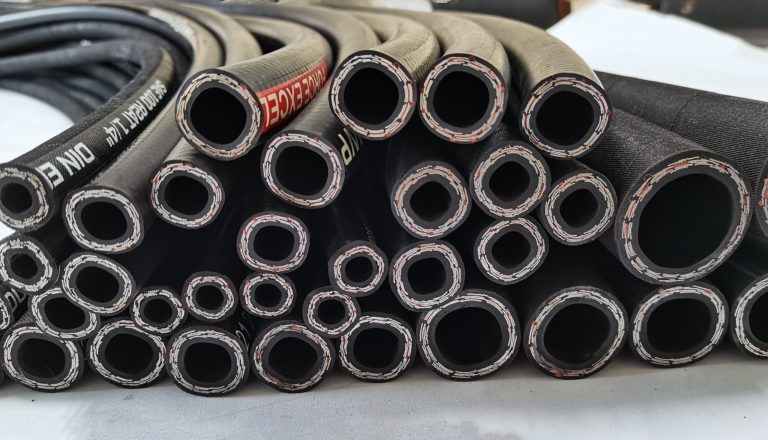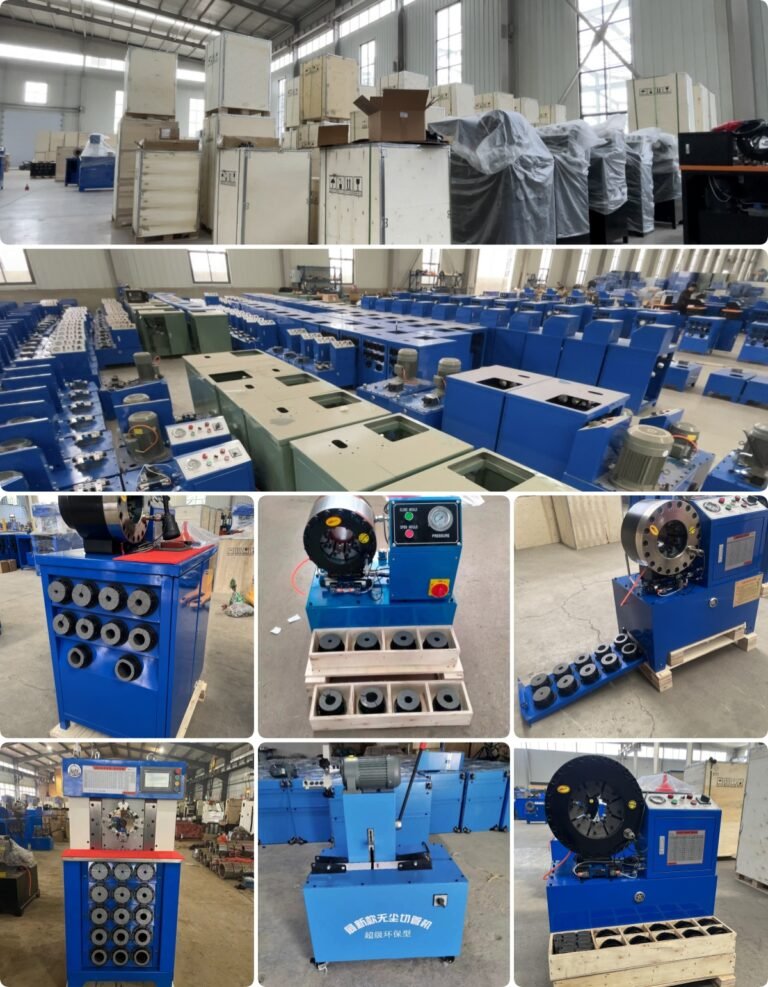Which rubber material can effectively resist wear
Rubber joints are generally composed of an inner rubber layer, a fabric reinforcement layer (with multiple layers of scratched nylon curtain fabric), a middle rubber layer, an outer rubber layer, and end reinforced metal rings or steel wire rings. They are formed by high-temperature and high-pressure vulcanization, and are composite rubber pipes composed of parallel joint metal flanges or loose sleeves. This product utilizes the advantages of rubber, such as high elasticity, high gas resistance, medium resistance, weather resistance, and radiation resistance, to reduce pipeline vibration and noise, and compensate for thermal expansion and contraction caused by temperature changes. According to different media, different rubber materials are used, such as natural rubber, styrene butadiene rubber, butyl rubber, nitrile rubber, EPDM rubber, chloroprene rubber, silicone rubber, fluororubber, etc. They have functions such as heat resistance, acid resistance, alkali resistance, corrosion resistance, wear resistance, and oil resistance.
We have also been engaged in the pipeline industry for several years, and wear-resistant rubber is also quite common. Commonly used in desulfurization pipelines. As a common type of pipeline in pipeline systems, desulfurization pipelines are generally cleaned using lime water solution. The liquid of this material can effectively oxidize the residual sulfur ions on the pipe wall and generate sulfuric acid. Calcium deposits can cause certain losses to the inner walls of pipelines and fittings, so wear-resistant rubber joints are generally required on such pipelines. Butyl rubber is undoubtedly the most useful material. The rubber joint of this material has good wear resistance, so it can adapt well to the operating environment of this pipeline.
Which rubber material can effectively resist wear
The advantage of butyl rubber is good air tightness. It also has heat resistance, ozone resistance, aging resistance, chemical resistance, as well as shock absorption and electrical insulation properties. Has good resistance to sunlight and ozone, can come into contact with animal or vegetable oils or oxidizable chemicals. However, the product still has a slight flaw;
Very good, the vulcanization speed is slow. Compared with highly unsaturated rubber such as natural rubber, its vulcanization speed is about three times slower and requires high temperature or long-term vulcanization;
The second issue is poor mutual adhesion, which requires the use of thickening agents and thickening layers to improve adhesion with other rubbers, resulting in low adhesive strength;
Thirdly, it has poor compatibility with other rubbers and can only be used in combination with ethylene propylene rubber and polyethylene;
Fourthly, the interaction between butyl rubber and reinforcing agents is weak. Compared with unsaturated rubber, the interaction between butyl rubber and reinforcing agents is weaker. It requires heat treatment or the addition of additives to enhance the reinforcing effect of rubber and improve its tensile strength. Strength, modulus, elasticity, wear resistance, and electrical insulation performance, etc.







